Optimising Vacuum Systems for Pharma & Chemical Plants
November 10, 2010 10:04 am
A competent designer would design a vacuum pumping system suitable for the specific application meeting the process inputs, allowing suitable compensation to process variations, as would be encountered during the actual process. The importance of taking a professional approach using specialized vendor while designing vacuum systems have been discussed in this article.
Today, a wide range of vacuum pumps are available in which the users can get confused regarding their optimum selection. Some pumps can be used as ‘stand-alone’ solutions to pumping problems while others have to be used in combination along with intermediate essentials such as inter-stage condenser, traps, filters etc. There is a need for their integration and automation which in turn demands specific instrumentation, controls, interlocking etc. All must be designed to meet the process requirements, fulfill safety considerations, and yet allow for easy operation & maintenance. The selection of a vacuum system thus requires expertise, knowledge and experience with technical trouble shooting skills to stabilize the process, maximizing process efficiency. How does one find a convenient solution? What is the way out?
Simplest way to solve the above problem is to approach a specialized vendor, capable of providing a packaged vacuum pumping solution. The essential input a professional specialist would require is inlet pumping speed/mass through-put, working pressure levels and process details. Generally this basic information is sufficient to design an efficient vacuum pumping system guaranteed for performance. An experienced vacuum system designer is well aware of the process requirements which may go through a drastic pressure/temperature change during the process since most of the batch processes have variable vacuum and temperature requirements changing with the advancement of the process. For example in Vacuum Drying application, the rate of evaporation is not constant since the ratio of solvent to solute continuously changes as the process advances. The pressure/temperature requirements are governed by Raoult’s Law of ideal mixtures. A Competent designer would design a vacuum pumping system suitable for the specific application meeting the process inputs, allowing suitable compensation to process variations, as would be encountered during the actual process from the beginning to the end of it. The designer would address all the safety, automation and instrumentation issues required to meet the process requirements. The user needs to only connect up the package vacuum system to the load and everything is ready to go!
Advantages of taking a professional approach
It is best to let a specialist designs the complete vacuum package and guarantee its performance than to graduate in-house to do the same. The major advantages on doing so are:
Optimum Sizing of System Capacity
The user is fully aware of his process requirements, but may not have the experience and inclination to calculate and select the optimum hardware required. A system vendor, on the other hand, has plenty of experience and generally knows what works best and most economically. The system vendor can also provide the most effective product combination to meet the users’ process requirements.
Automation and Instrumentation
The end user has to depend on the system vendor to deliver the proper equipment as in-house maintenance staffs have their hands full in just keeping the existing systems in operation. Further, it is impossible and uneconomical to keep all spare parts. The system vendor not only keeps an inventory of essential spare parts, but has the service personnel to do repairs and replacement. The actual user should focus his attention and energy on his business efficiency and develop good relations with the vendor.
Future upgrades
The system vendor is always improving both the hardware and the software. Over the expected five to twenty years of life of the equipment, such improvements are of vital importance for economics and efficient performance.
Safety Issues
The system vendor would guide the actual user on all safety practices and correct use of equipment supplied. Factory production staffs tend to neglect these issues and take shortcuts that often prove expensive. In today’s world and business environment, managements have to maintain a clear focus on their objectives. A major part of this exercise is the ability to use the services provided by the system vendors correctly. An even more basic issue is to evaluate the system vendor and use his capabilities to maximize the plant productivity and profitability. In today’s world, a “do-it-yourself” attitude is not always the wisest course of action and neither is the motto “select the cheapest”.
How to evaluate a System Vendor?
The most fundamental rule is to look for “track record”. What is the vendor’s “reputation” in the market? Does the vendor have ISO and ISI ratings for his product and design ability and, more importantly, are they are up-to-date? Apart from this an across-the-table meeting will quickly firm up one’s opinion about the vendor’s ability or lack of it. Even if one does not have great engineering abilities, attention to the basic points will help to ensure that there are no “goof-ups” in vendor selection.
Everest, one of the leading manufacturers of Vacuum Booster has set up an exclusive manufacturing facility in the name of Everest Blower Systems (EBS) for the design, manufacture and commissioning of Vacuum Pumping Systems to meet any specific process requirement. The technical team is involved from the concept to operation, ensuring that all the users’ inputs are fully addressed for optimum desired performance. EBS has successfully executed vacuum pumping systems for many reputed Indian & overseas units engaged in Pharmaceutical, Food and Waste Oil purification applications. Everest team has to its credit designing and commissioning of vacuum system for CO2 Laser at Centre of Advance Technology, Indore and Vacuum Pumping System for first ever Low Temperature Thermal Desalination (LTTD) Plant, built up by scientists of NIOT (National Institute of Ocean Technology, Department of Science) which is working since 2005 at Kavarati, Lakshwadeep islands generating potable water from the sea water using ocean thermal gradient. Everest has the capability to design Wet /Totally Dry system down to ultimate pressures of 0.001 mbar to meet almost all process requirements such as Solvent Recovery, Vacuum Drying, Vacuum Distillation, Short path/ Molecular distillation, Thin film/Wipe film distillation, Low Vacuum Thermal Coating, Sputtering etc.
This article has been compiled by a technical team of Everest Blower Systems, New Delhi. For more details contact: vacuum@everestblowers.com
Cookie Consent
We use cookies to personalize your experience. By continuing to visit this website you agree to our Terms & Conditions, Privacy Policy and Cookie Policy.



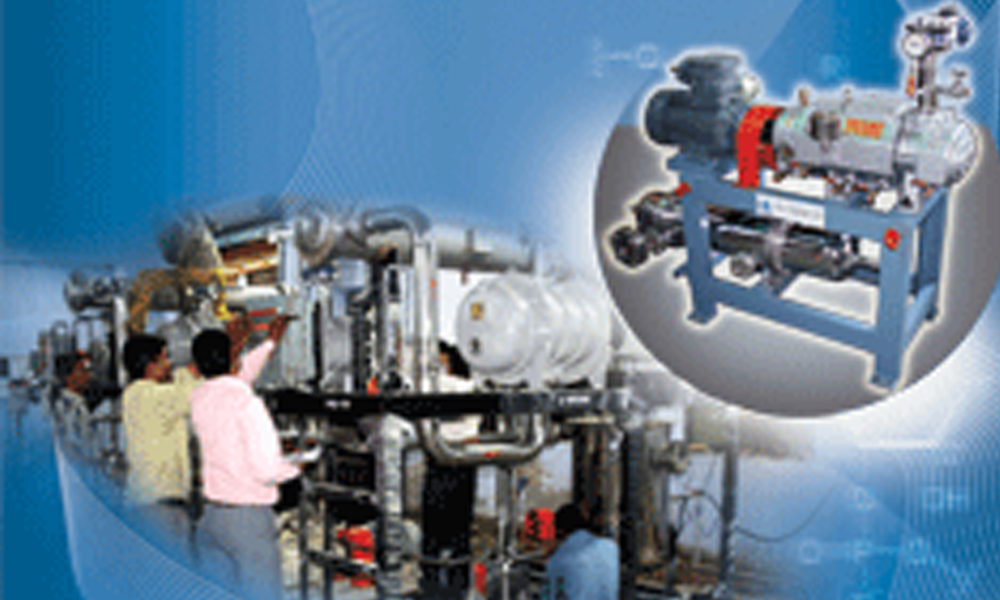
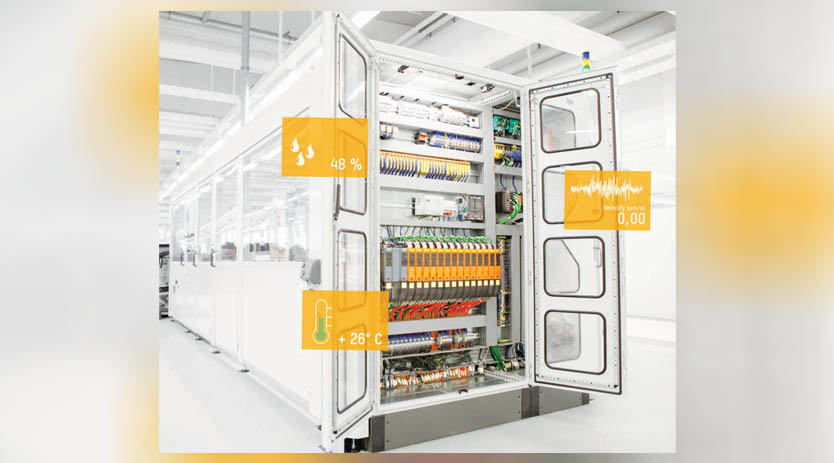
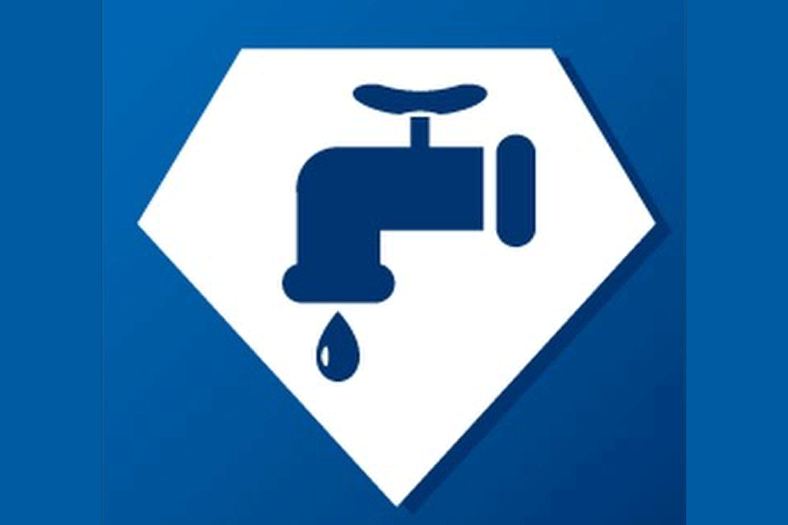
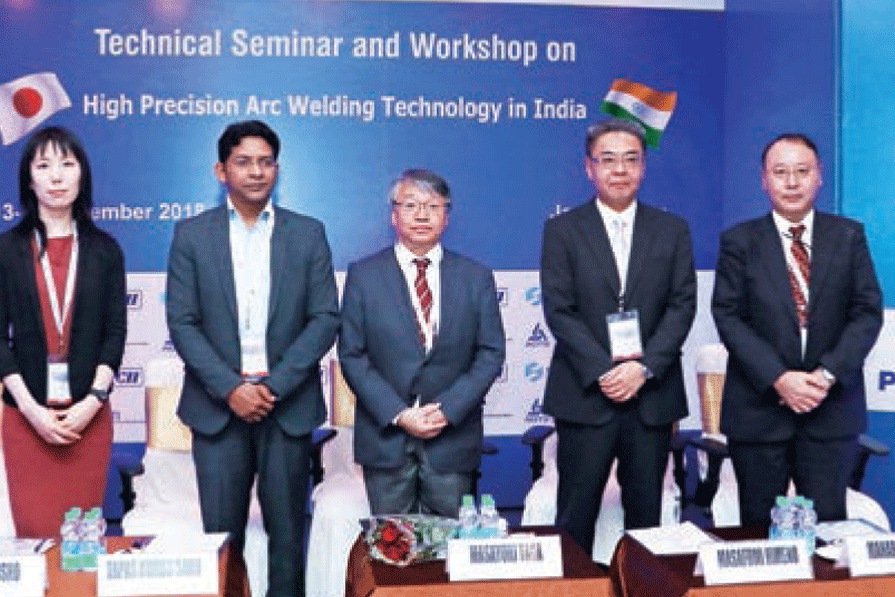
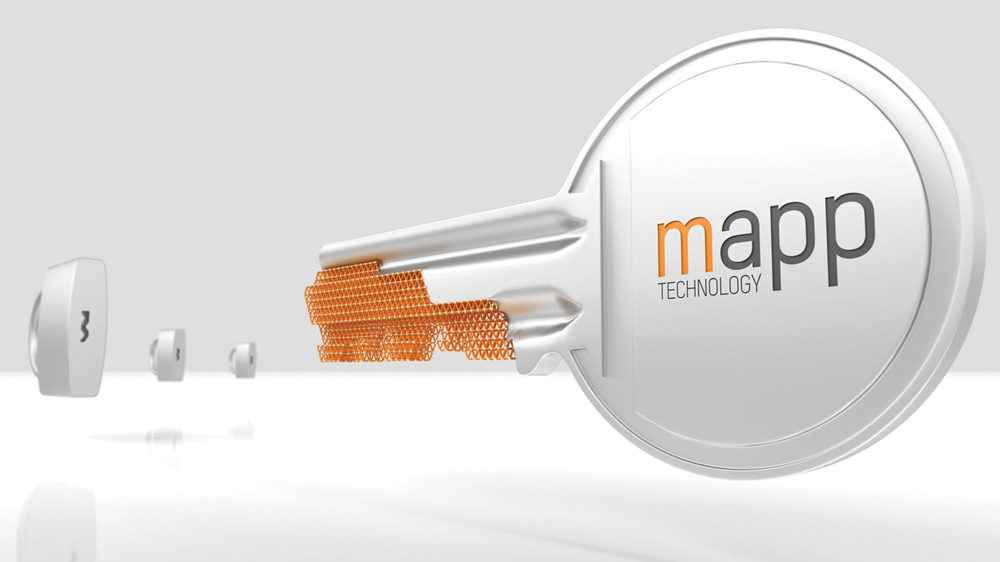
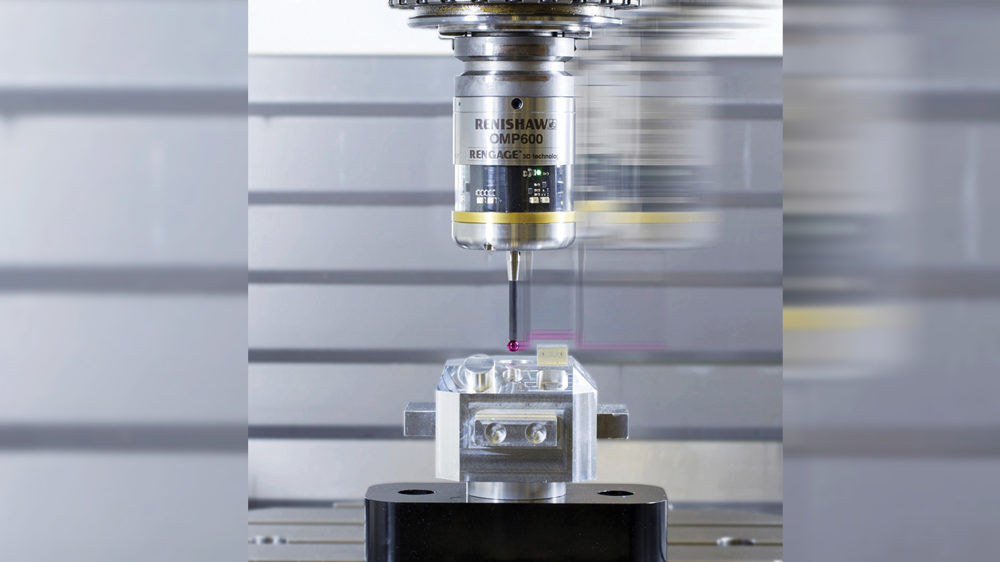
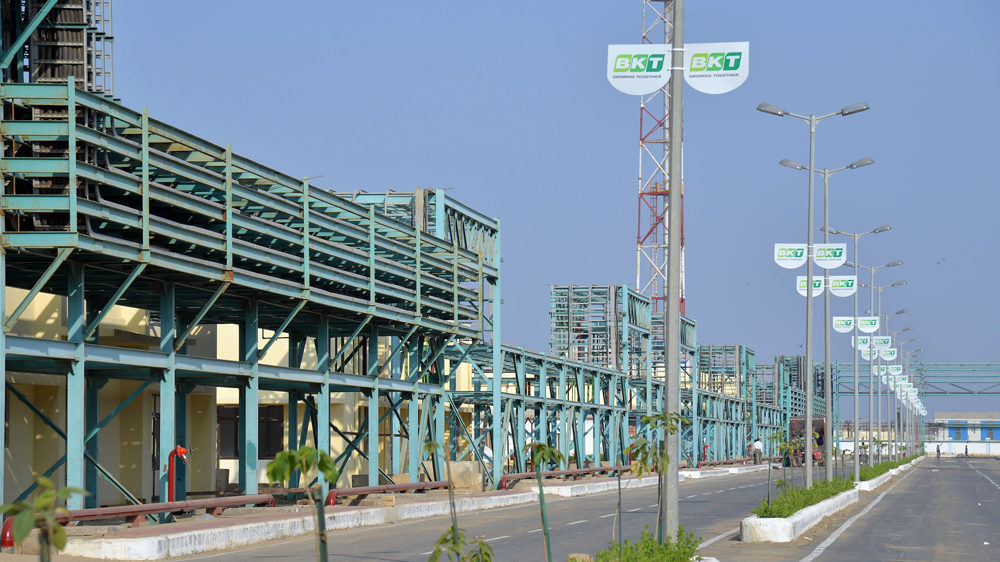
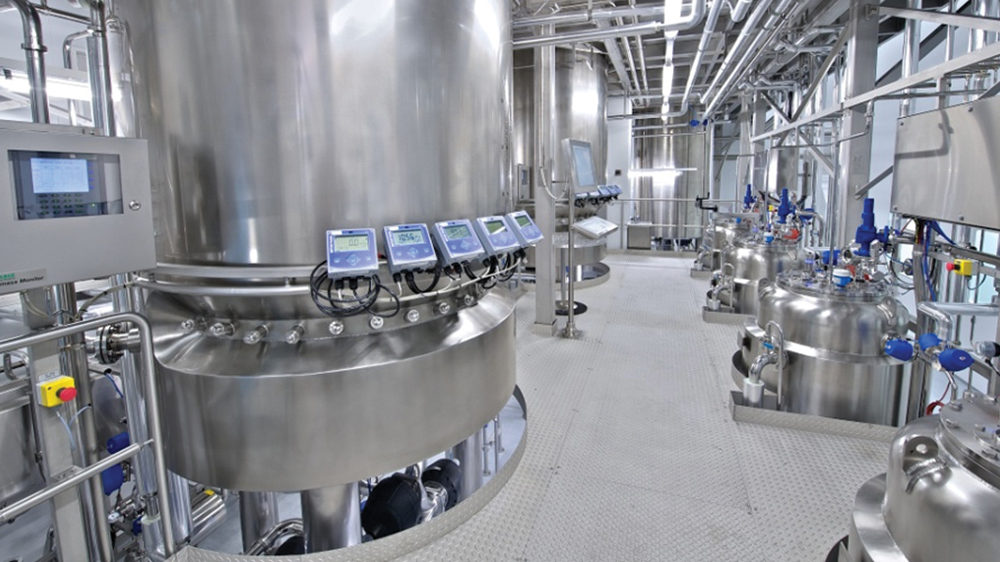
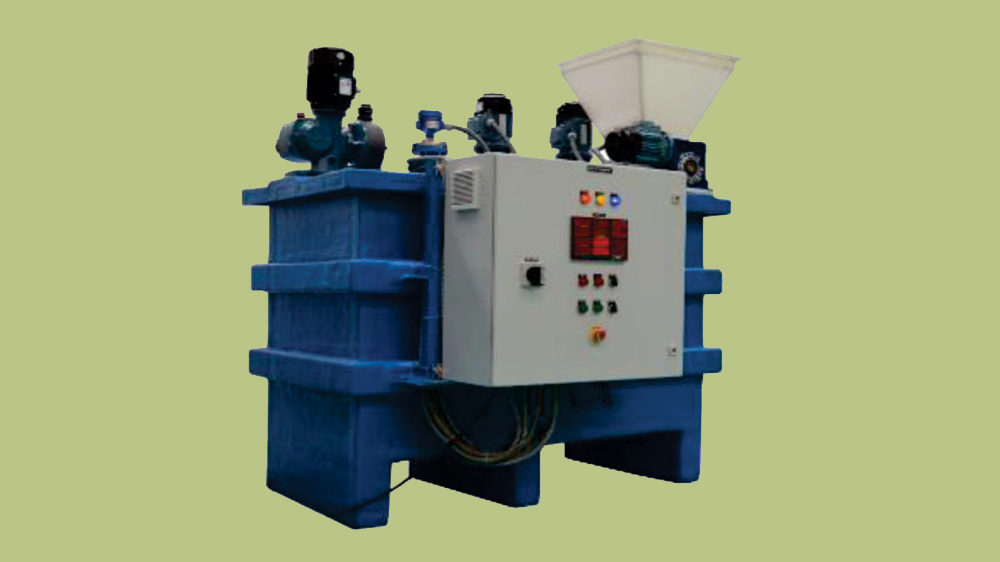
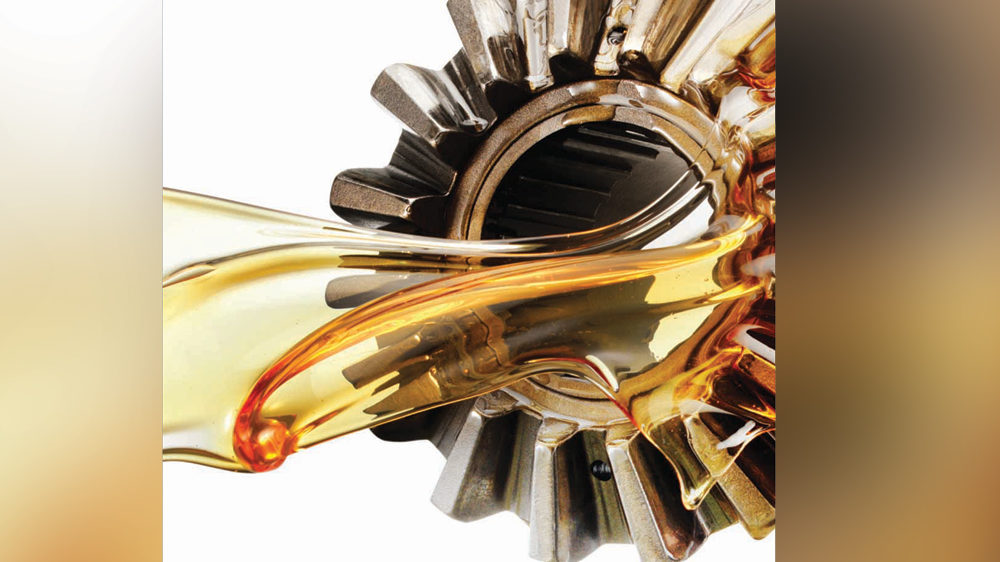
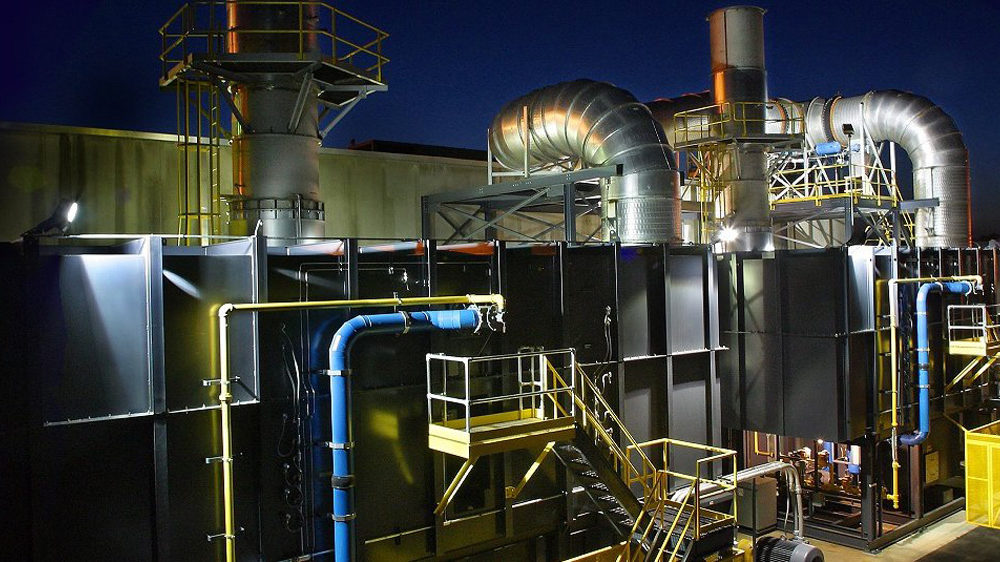
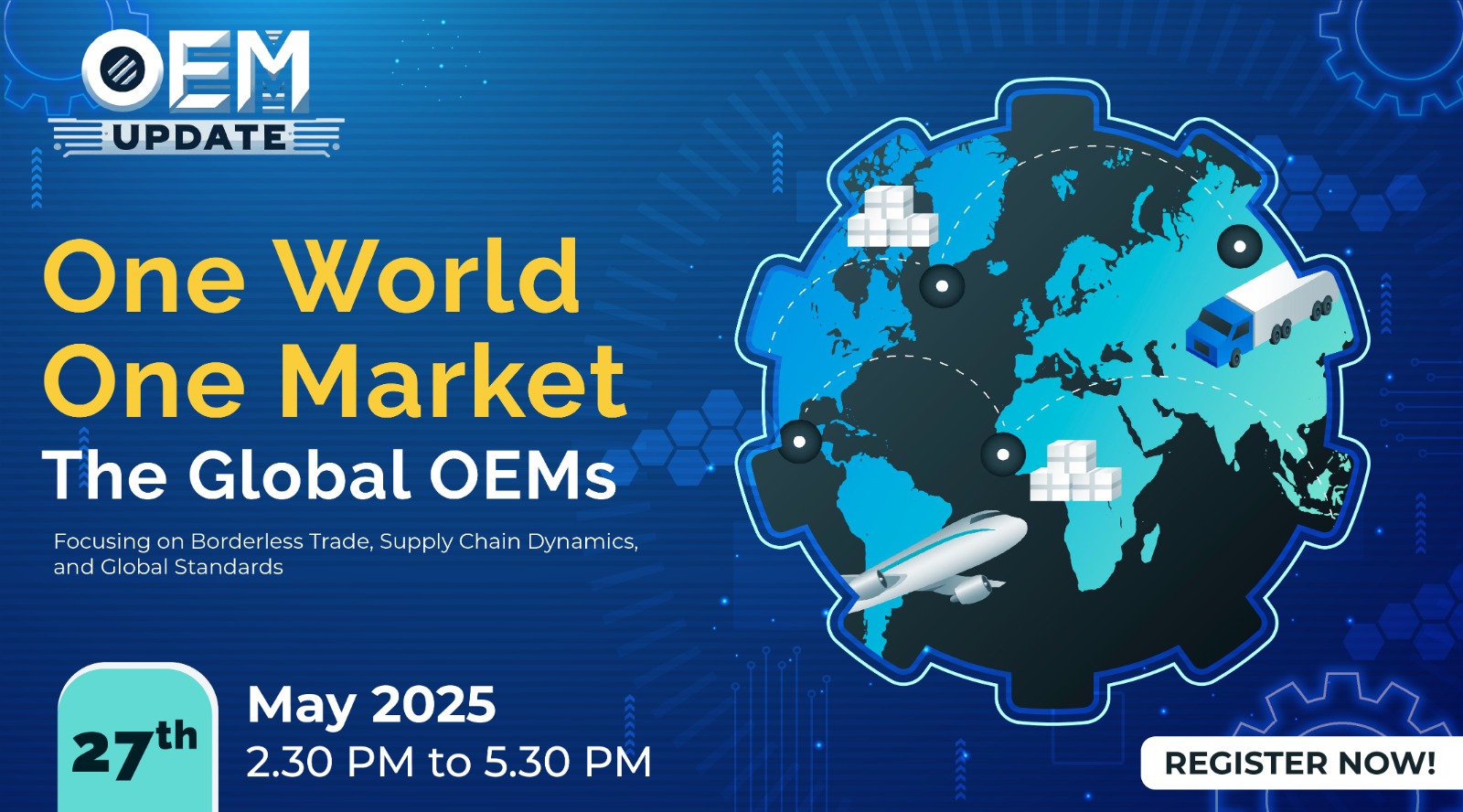




 English
English Hindi
Hindi